Adhesives play a crucial role in the manufacturing and assembly of household appliances. These adhesives are used to bond, seal, and reinforce various components, enhancing the performance, durability, and appearance of appliances. Here are some common applications of adhesives in household appliances:
-Sealing and Insulation: Adhesives are used to create airtight and watertight seals in appliances such as refrigerators and dishwashers. They also provide thermal and sound insulation, improving energy efficiency and reducing noise levels.
-Assembly of Components: Adhesives bond together components in appliances, such as attaching handles, knobs, control panels, and internal structures. This ensures the structural integrity of the appliance.
-Appliance Enclosures: Adhesives are used to bond glass, plastic, or metal panels to the appliance's frame or casing. This provides a clean and secure attachment for doors, windows, and control interfaces.
-Gasket Sealing: Adhesives are applied to seal gaskets around doors and lids to prevent leaks in appliances like washing machines and ovens.
-Electronic Component Bonding: Adhesives secure and protect electronic components and wiring within appliances. They help maintain the reliability and safety of electronic controls and displays.
-Heat Resistance: Some adhesives are designed to withstand high temperatures, making them suitable for use in ovens and stovetops.
-Vibration Damping: Adhesives with vibration-damping properties are used to reduce noise and vibration in appliances with moving parts, such as washing machines and blenders.
-Appliance Repairs: Adhesives for household appliances may be available for DIY repairs, such as fixing handles, broken plastic parts, or reattaching panels.
These applications demonstrate the importance of adhesives in household appliances, where they contribute to the functionality, safety, and longevity of these essential everyday products. Properly selected adhesives help manufacturers meet performance and safety standards while improving the user experience.


 Automotive Electronics
Automotive Electronics
 Electric Vehicle
Electric Vehicle
 Consumer Electronics
Consumer Electronics
 Electrical System
Electrical System
 Electrical Equipment
Electrical Equipment
 Home Appliances
Home Appliances
 Semiconductor
Semiconductor
 Connector
Connector
 Sensor
Sensor
 Motor
Motor
 Industry
Industry
 medical
medical
 Lighting
Lighting








